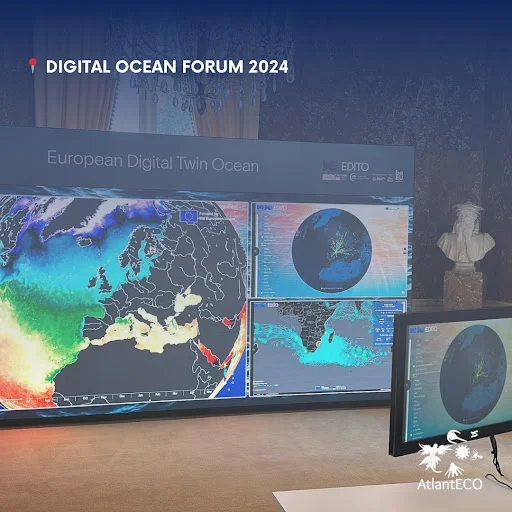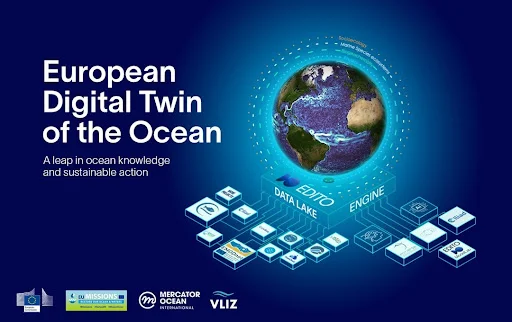The European Digital Twin Ocean (EU DTO) is making strides
🌊The European Digital Twin Ocean (EU DTO) is making strides!
The Digital Ocean Forum 2024 on 13 June marked an important milestone for the #EUDTO, as the European Commission, Mercator Ocean International (MOi) and the @vlizostend - Flanders Marine Institute unveiled the pre-operational platform.
The event featured a live demonstration in the presence of European Commission representatives, scientific officers and civil society organisations, underscoring the collaborative nature of the project.
A powerful tool for science-driven decision-making, the #EUDTO will represent a significant leap forward in our ability to monitor, predict, and understand Ocean dynamics, helping to drive sustainable Ocean management.
As a flagship initiative of the EC's Mission Restore Our Ocean and Waters, the EU DTO supports the EU Green Deal and the UN Decade of Ocean Science for Sustainable Development.
The platform is set to gradually scale up throughout 2025. The #DOF2024 was organised under the auspices of the @eu2024be and co-hosted by the European Commission’s Directorates-General for Research and Innovation (DG RTD), Maritime Affairs and Fisheries (DG MARE), and Defence, Industry and Space (DG DEFIS), in collaboration with Mercator Ocean International (MOi) and the Flanders Marine Institute (VLIZ).






Comments
Post a Comment